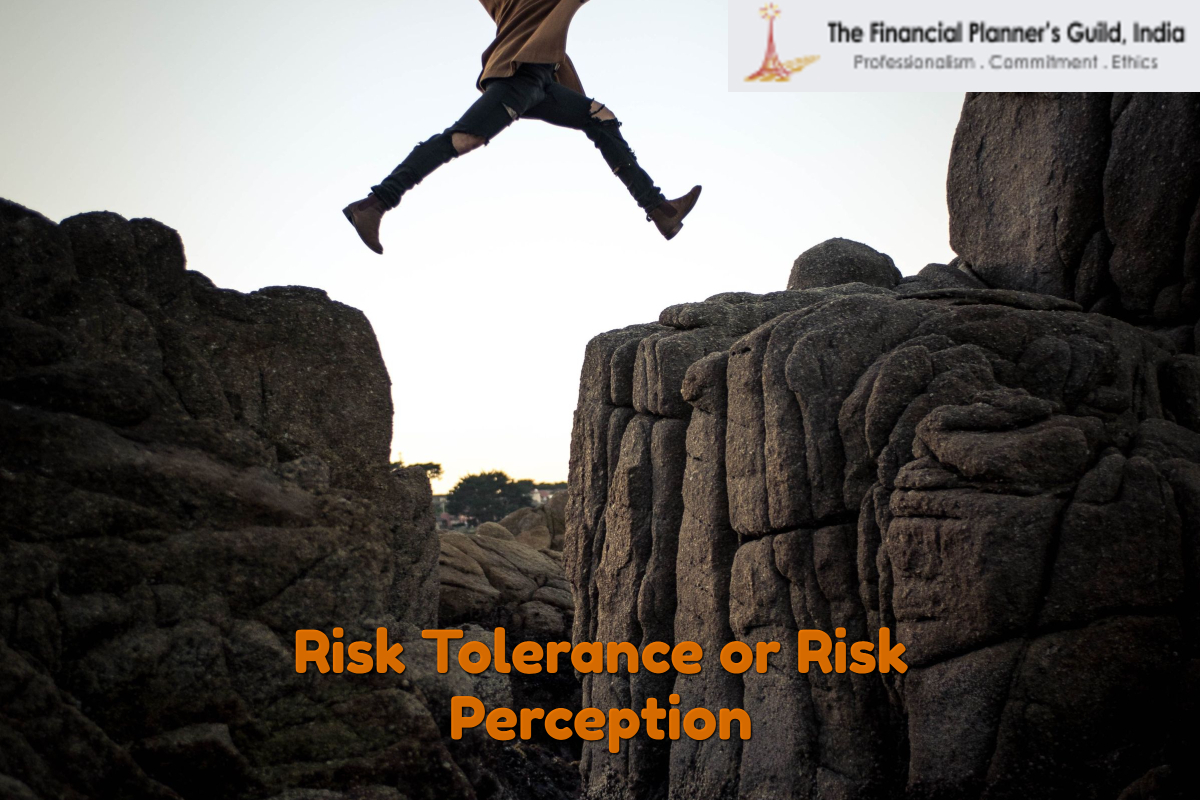
A lot has been said and written about the fact that before investing in stock market or equity linked products one needs to assess one’s risk taking ability and measure the so called “Risk Tolerance” levels. This helps in identifying whether an investor is “Risk Averse “or “Risk Tolerant”.
Risk averse investors would be categorized as people who would not like to take risk over and above a certain threshold even at the expense of losing out on the higher potential returns, while Risk Tolerant investors would be people who are willing to take some risk in the trade off for higher returns. Risk averse investors are more likely to prefer safe investment products, while the latter would be more keen to have part of their investment portfolio in equities.
While the Several financial websites or even financial planners and advisors have devised various types of questionnaires which enable one to determine what category the potential investors would fall into. While it can be argued that this categorization is essential in preparing a suitable investment portfolio, along with the consideration of goals and time horizon, it may not completely address the investor’s actual behavior during turbulent times.
Case study
Let us consider the case of one Mr. Prasad (35), a senior manager with an auto firm, who was categorized on the risk tolerant side at the time of starting his investment in equity mutual funds way back in the year 2007. Mr. Prasad was investing for his retirement which was nearly 2 decades away and he had mentioned in the “Risk profiling “questionnaire that he was willing to take the risk in pursuit of higher returns. A point to note was that he had started investing in one of the best years of equity markets when most of the equity funds were delivering above average returns and there was positive news flow all around. Then came the financial crisis in 2008 when stock markets tanked and most of the equity mutual funds were very much in the red. When Mr. Prasad’s equity funds portfolio was down by around 20% he decided to stop all his equity investments and worse, decided to pull out whatever he had invested in the markets. He felt that if he waited a little more, then his portfolio might further get eroded.
Mr. Prasad behaved in this manner due to the perceived risk of markets falling further. This changing perception is very dangerous for investors and can do a lot of damage to their portfolios during extreme market situations. History proves that a majority of the investors, may fall in the Risk Tolerant category when the risk profiling is done but during extreme market situations it’s their Risk Perception which motivates them to act in an unusual manner. Therefore we see investors selling in a bear market perceiving that the equity markets might fall further and they invest the most during bull markets believing that the markets might rise further.
How can we manage our perception?
As we all are aware that with changing situations our perceptions also change, financial planners and advisors can spend some more time with their clients and take them through the data of some of the worst turbulent periods experienced by investors and how things panned out for different investors. Apart from harping about the great rewards of being invested in equity, advisors needs to also explain the potential risk which equity markets carry. Perceptions can change only with time. It is not possible to change your opinions or the way you look at things overnight.
Risk profiling questionnaires can be made a little more interactive and efforts need to be taken to understand the products in detail. The risk also arises in not knowing how a product behaves in a given situation.
It’s important for the advisors and planners to spend more time with their clients, especially during turbulent situations, helping them understand the situations and navigate the difficult period so that they don’t behave in a manner which is detrimental to their investments.
Finally it’s not only Risk profiling but a combination of other factors such as your time horizon and investment objectives which should be considered while building an investment portfolio. Things done right in the initial stage will go a long way in achieving the desired results.
FPG India ©2024. All Rights Reserved.
Designed & Developed by W3M Technoz
Comments are closed.